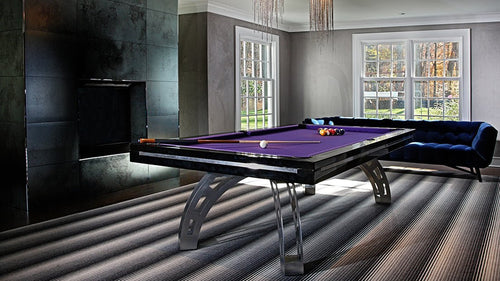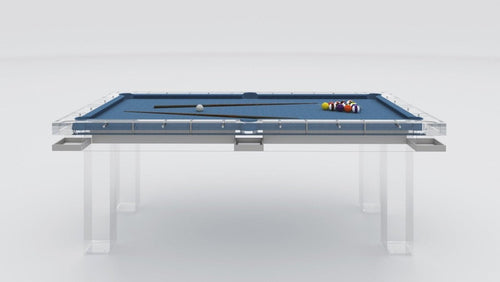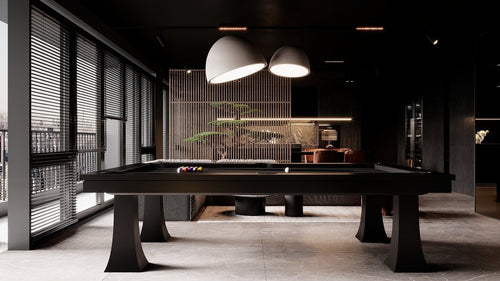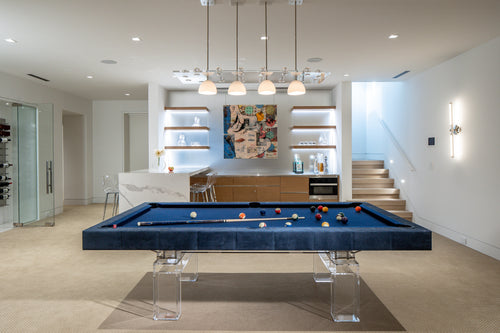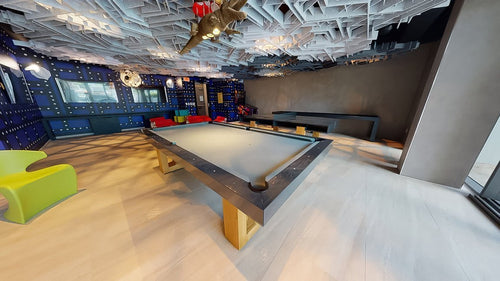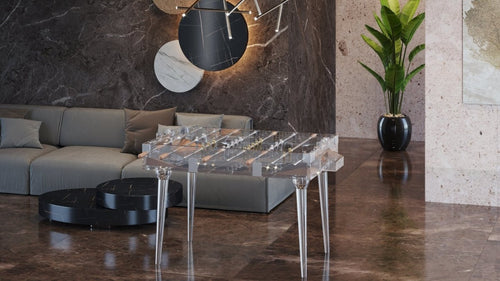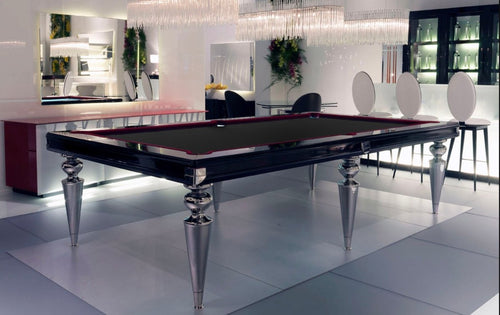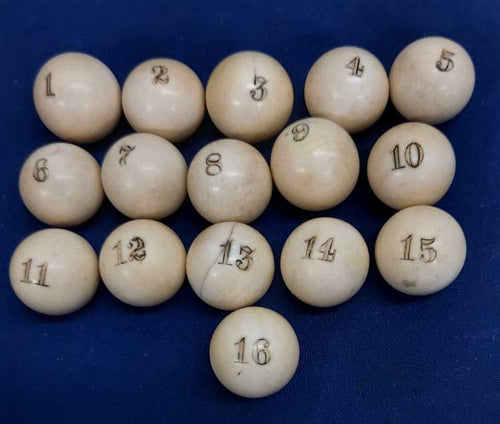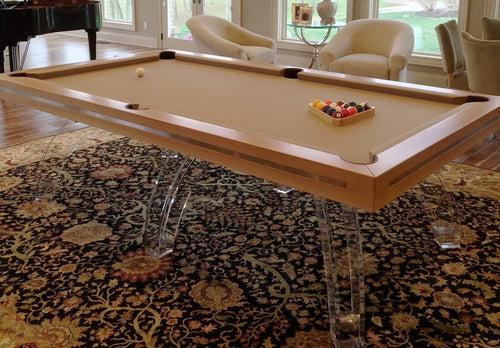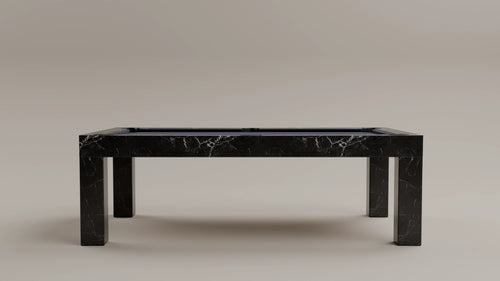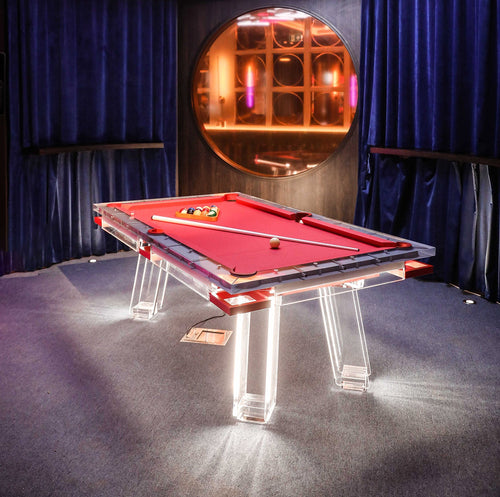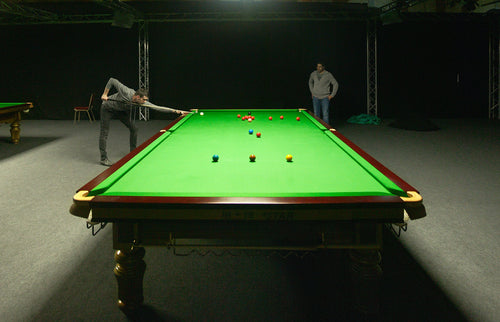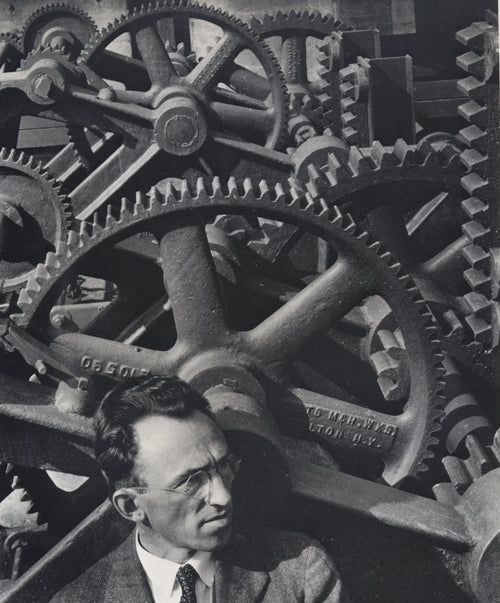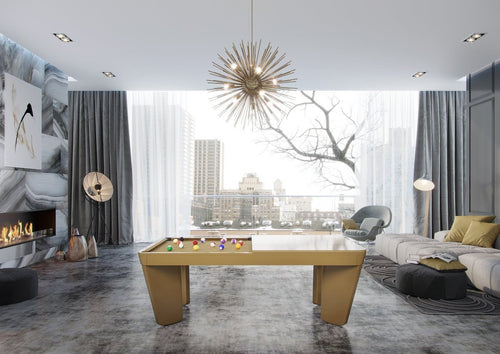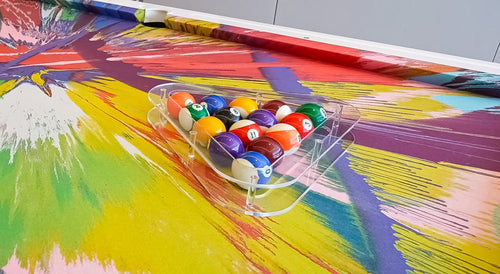Enjoy our modern designs
Estimated Read Time: 8 mins |
From eclectic historicism to the International Style—how American visionaries and émigré modernists transformed the nation’s architectural identity.
In the early 20th century, American architecture remained deeply traditional, shaped by historic European styles and the tastes of wealthy patrons. Yet, pioneering figures like Louis Sullivan and Frank Lloyd Wright planted the seeds of modernism, paving the way for a dramatic transformation that would later be driven by influential European émigrés and the rise of the International Style.
Early American Pioneers: Sullivan and Wright
Louis Sullivan (1856–1924): Ornament and Innovation
- Known as the "father of modernism," Sullivan championed the maxim “form follows function”. His work, while modern in ethos, combined functionalist clarity with nature-inspired Art Nouveau ornament.
- Key works: Wainwright Building (1890–91) and Guaranty Building (1894–96)—pioneering skyscrapers with vertical emphasis and richly decorated interiors.
- Sullivan’s mentorship of Frank Lloyd Wright laid the groundwork for American modernist thinking.
Frank Lloyd Wright (1867–1959): Organic Modernism
- Wright developed the Prairie Style, marked by long horizontal lines, open-plan interiors, and extensive built-in woodwork—reflecting the American landscape and a harmony with nature.
- Key works: Robie House, Chicago (1909)—a Prairie Style icon; Fallingwater, Pennsylvania (1935)—a masterpiece of integration with the natural environment.
- Wright’s philosophy stood apart from European modernists, championing organic forms and spatial openness over strict functionalism.
The Shift to International Modernism
Although Sullivan and Wright introduced modernist principles, mainstream American acceptance of modernism only arrived with the International Style, popularized through the Museum of Modern Art (MoMA) exhibition in 1932. Characterized by flat roofs, white walls, and extensive glass, the International Style initially gained traction more rapidly among European émigrés than homegrown architects.
- The MoMA show, organized by Henry-Russell Hitchcock and Philip Johnson, helped define and promote the International Style in the U.S.—though only seven American buildings were included, highlighting the slow domestic embrace.
European Designers Transforming American Modernism
- Walter Gropius (Bauhaus founder): Moved to the U.S. in 1937, leading Harvard’s Graduate School of Design and promoting modernist architecture in education and practice.
- Marcel Breuer: Bauhaus-trained architect and designer, known for iconic modernist furniture (Cesca, Wassily chairs) and his role in shaping modernist education at Harvard.
- Ludwig Mies van der Rohe: Directed the Illinois Institute of Technology (IIT) in Chicago. His minimalist projects, such as the Farnsworth House and Crown Hall, redefined American architectural modernism.
- William Lescaze: Co-designed the Philadelphia Saving Fund Society (PSFS) Building (1932), America’s first International Style skyscraper.
- Richard Neutra: Created the Lovell House (1927) in Los Angeles, an early American example of the International Style.
Modernism Becomes the American Norm
By mid-century, the influence of European émigrés and educational reform made modernism the American standard. Leading firms like Skidmore, Owings & Merrill (SOM) and architects such as Eero Saarinen institutionalized the International Style. Yet, American modernism was always diverse—Wright’s organic vision and the warmth of Scandinavian design provided counterpoints to the functional austerity of European models.
Conclusion
Early American modernism, initiated by Sullivan and Wright, blossomed into a dominant movement through the contributions of European architects and educators. Despite initial resistance rooted in tradition, the eventual fusion of American and International Style modernism gave rise to the nation’s postwar architectural identity—one rooted in both innovation and a selective embrace of international trends.



